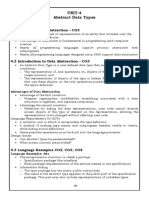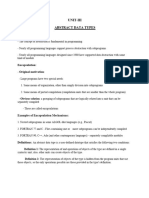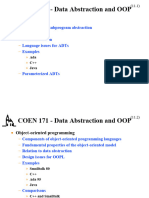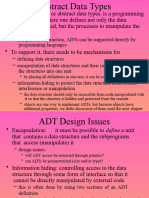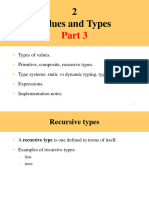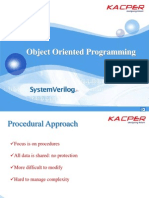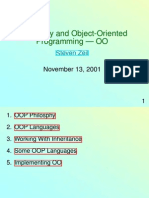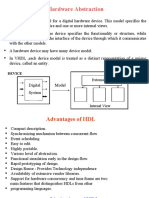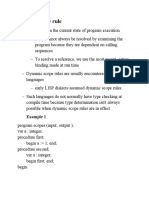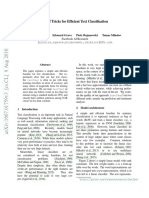0% found this document useful (0 votes)
40 views20 pagesAbstract Data Types: Based On The Fundamental Concept of Abstraction
The document discusses abstract data types (ADTs), which define a collection of objects and applicable operations while hiding the representation of objects and restricting outsiders to only visible operations, providing advantages like encapsulation, protection, and extensibility. Early implementations of ADTs included Simula 67, which introduced classes, and CLU, which introduced ADTs as a widely used concept. Common aspects of describing ADTs include specifying type names, visible operations, and body descriptions of type objects and operations.
Uploaded by
aarthi devCopyright
© © All Rights Reserved
We take content rights seriously. If you suspect this is your content, claim it here.
Available Formats
Download as PPT, PDF, TXT or read online on Scribd
0% found this document useful (0 votes)
40 views20 pagesAbstract Data Types: Based On The Fundamental Concept of Abstraction
The document discusses abstract data types (ADTs), which define a collection of objects and applicable operations while hiding the representation of objects and restricting outsiders to only visible operations, providing advantages like encapsulation, protection, and extensibility. Early implementations of ADTs included Simula 67, which introduced classes, and CLU, which introduced ADTs as a widely used concept. Common aspects of describing ADTs include specifying type names, visible operations, and body descriptions of type objects and operations.
Uploaded by
aarthi devCopyright
© © All Rights Reserved
We take content rights seriously. If you suspect this is your content, claim it here.
Available Formats
Download as PPT, PDF, TXT or read online on Scribd
/ 20



